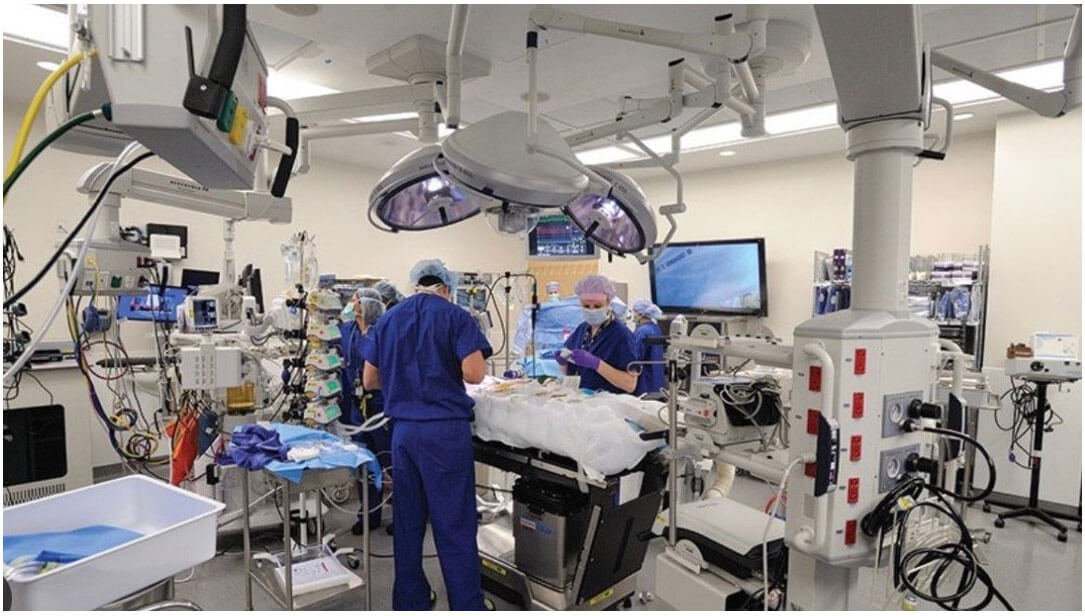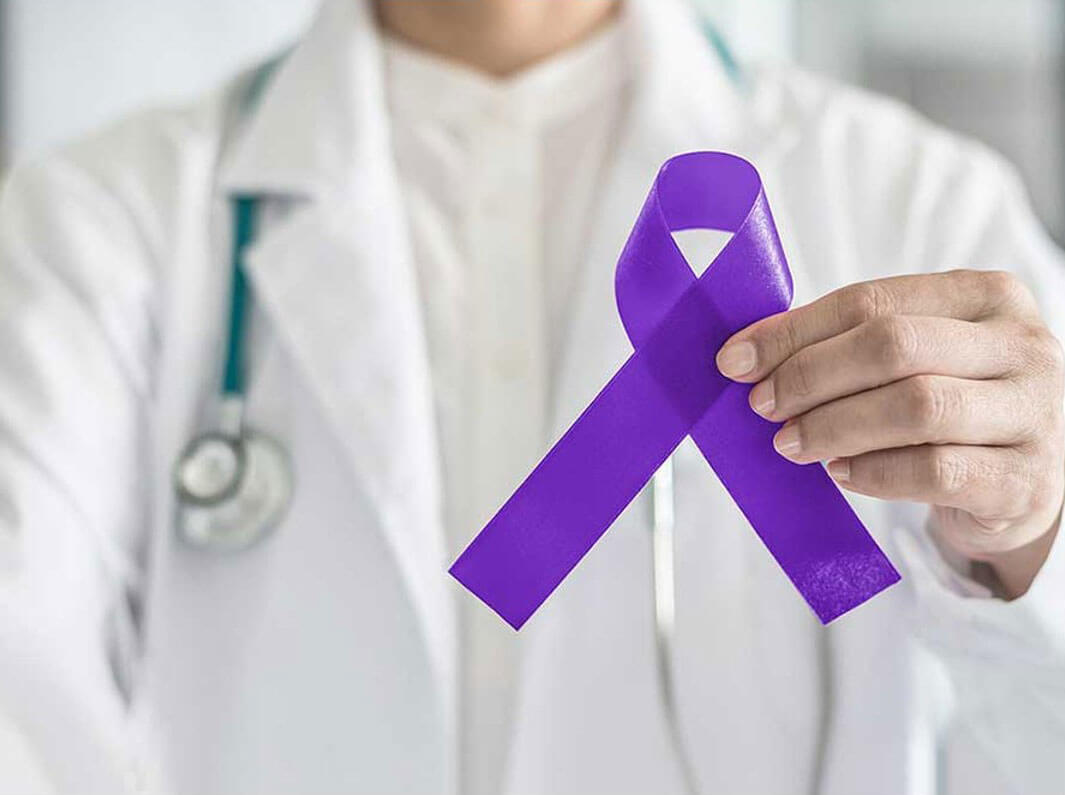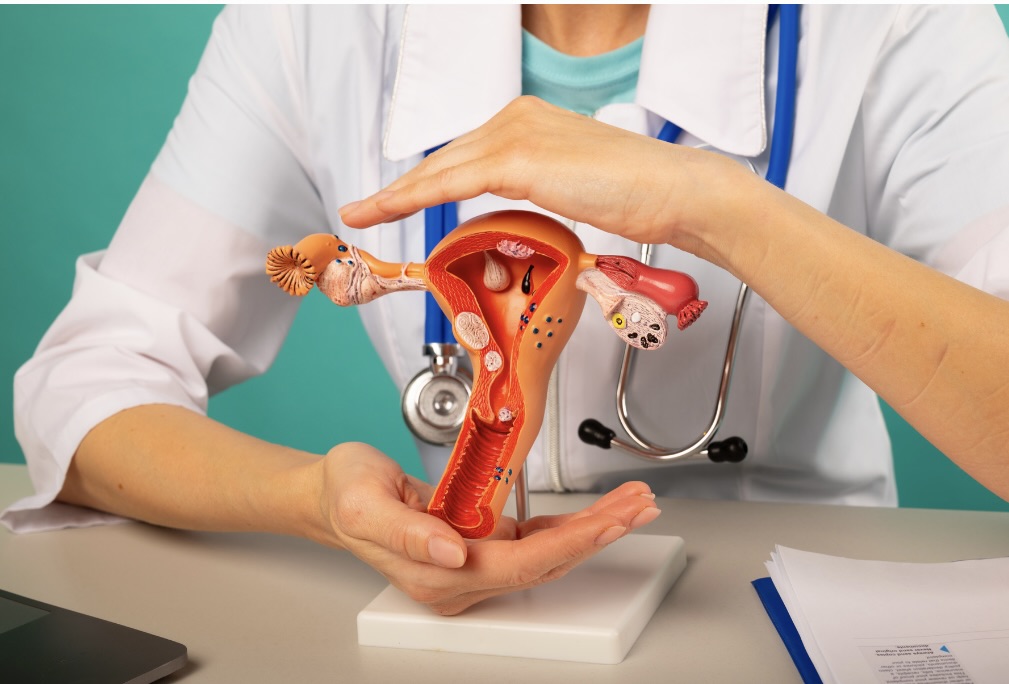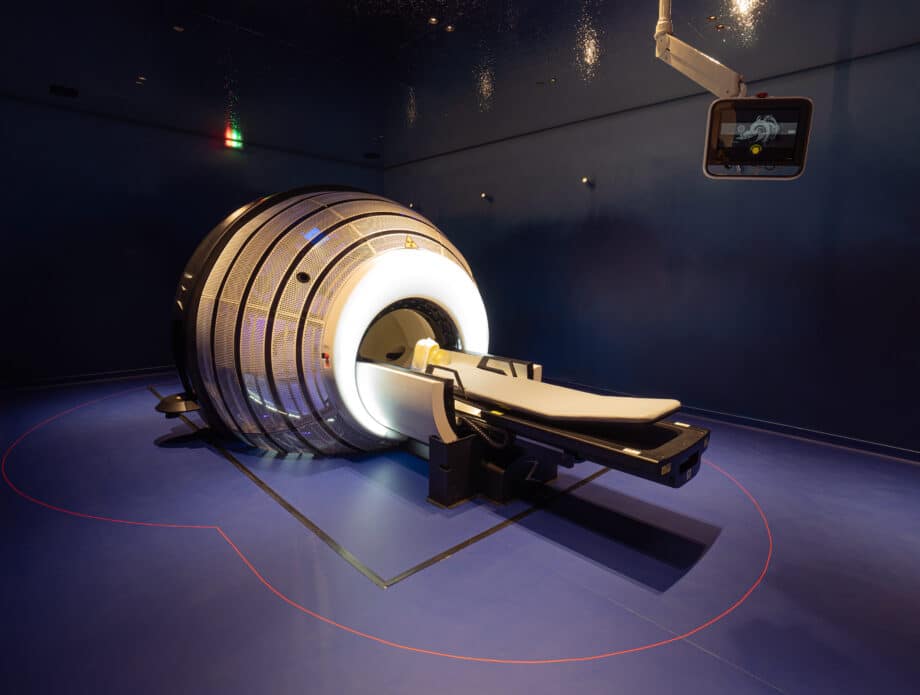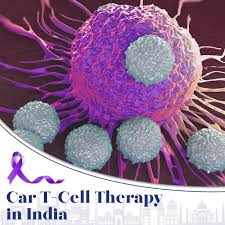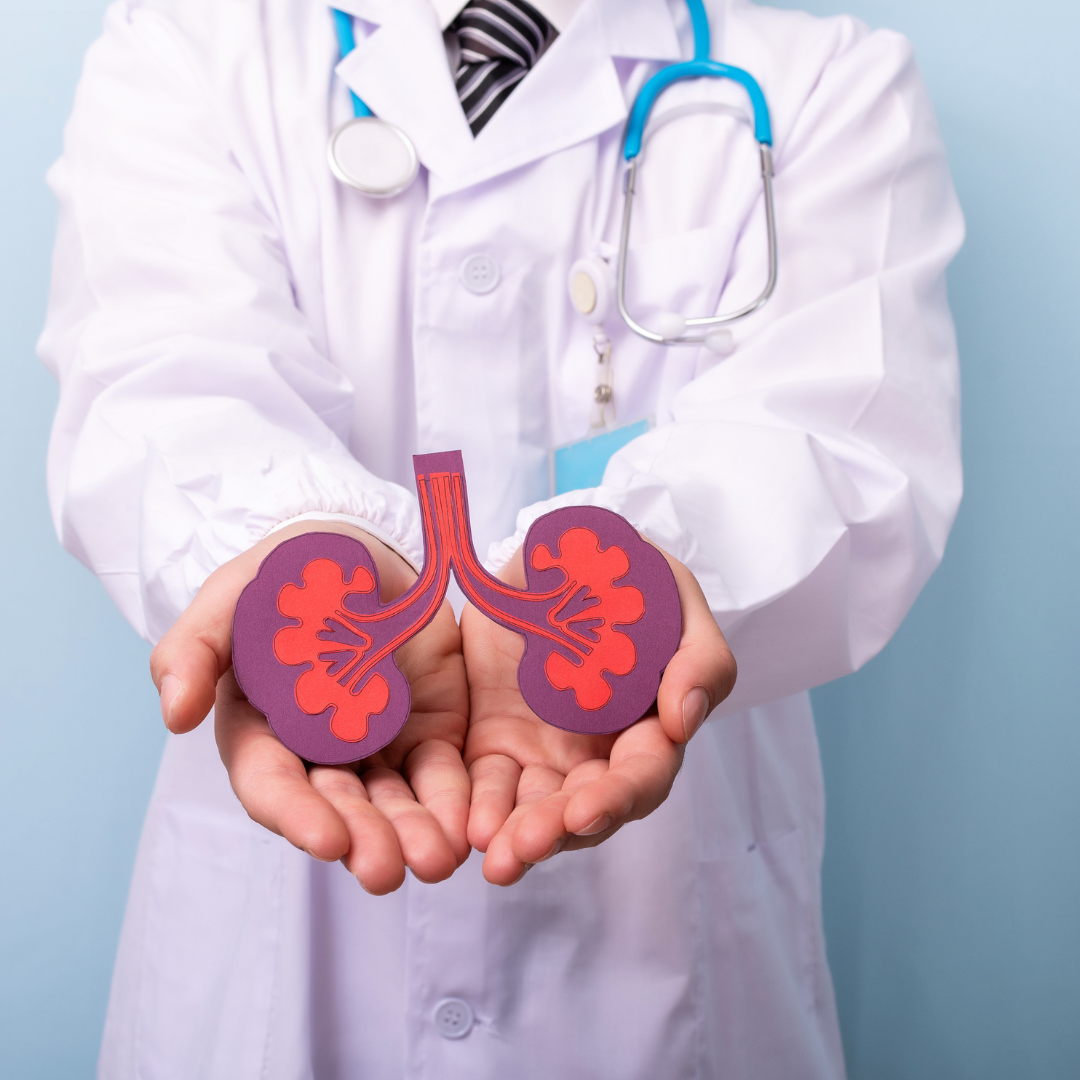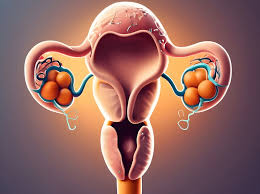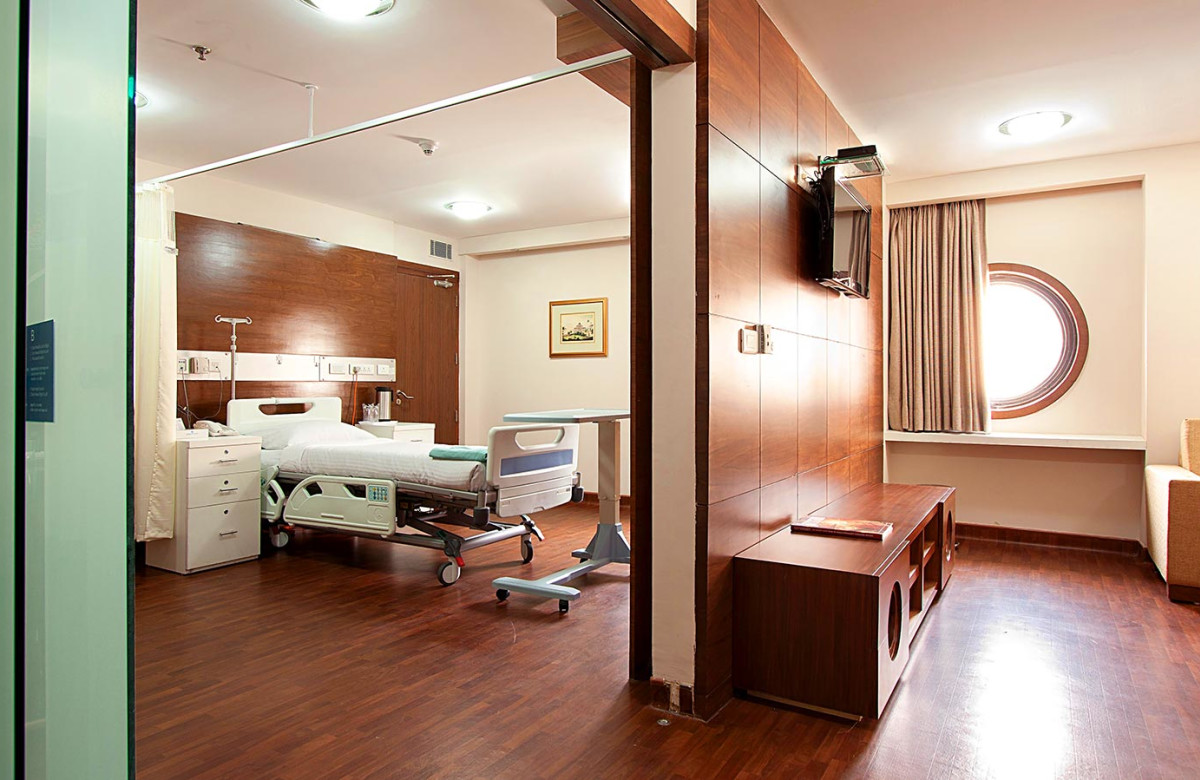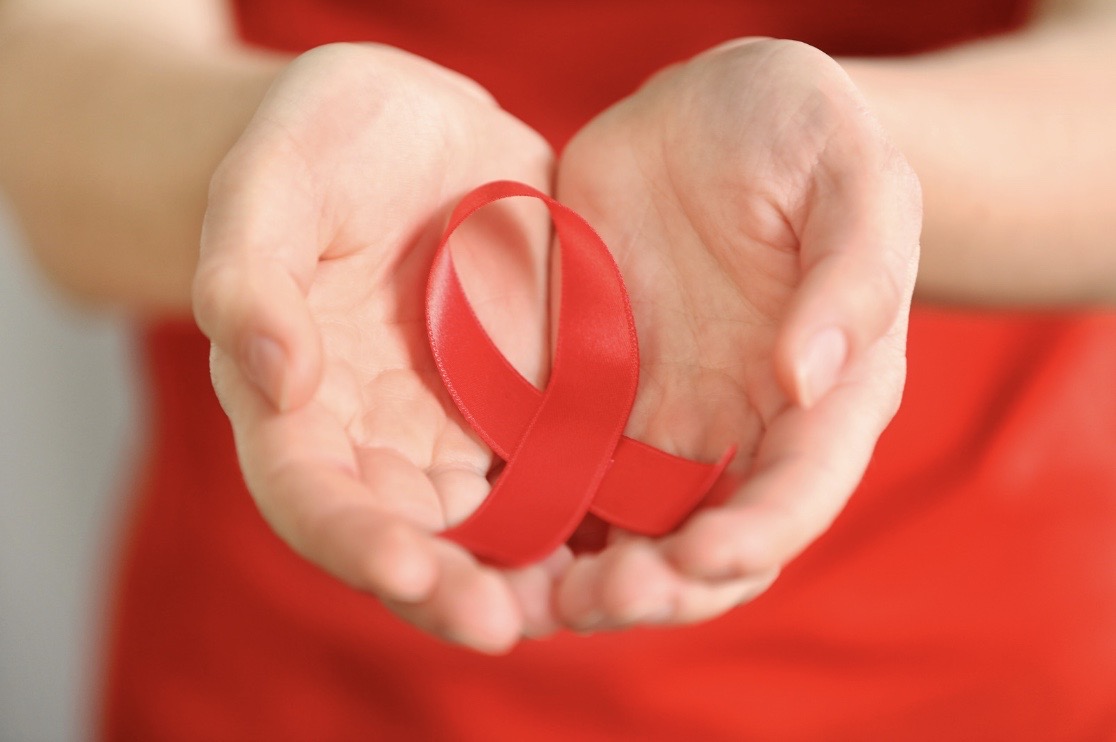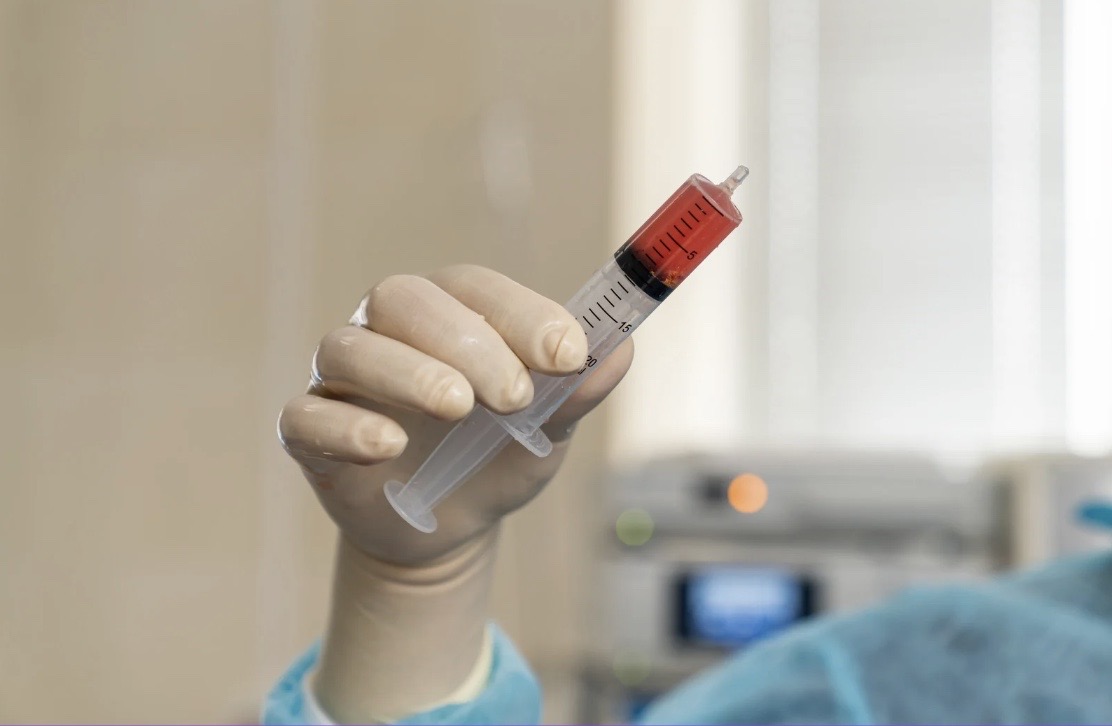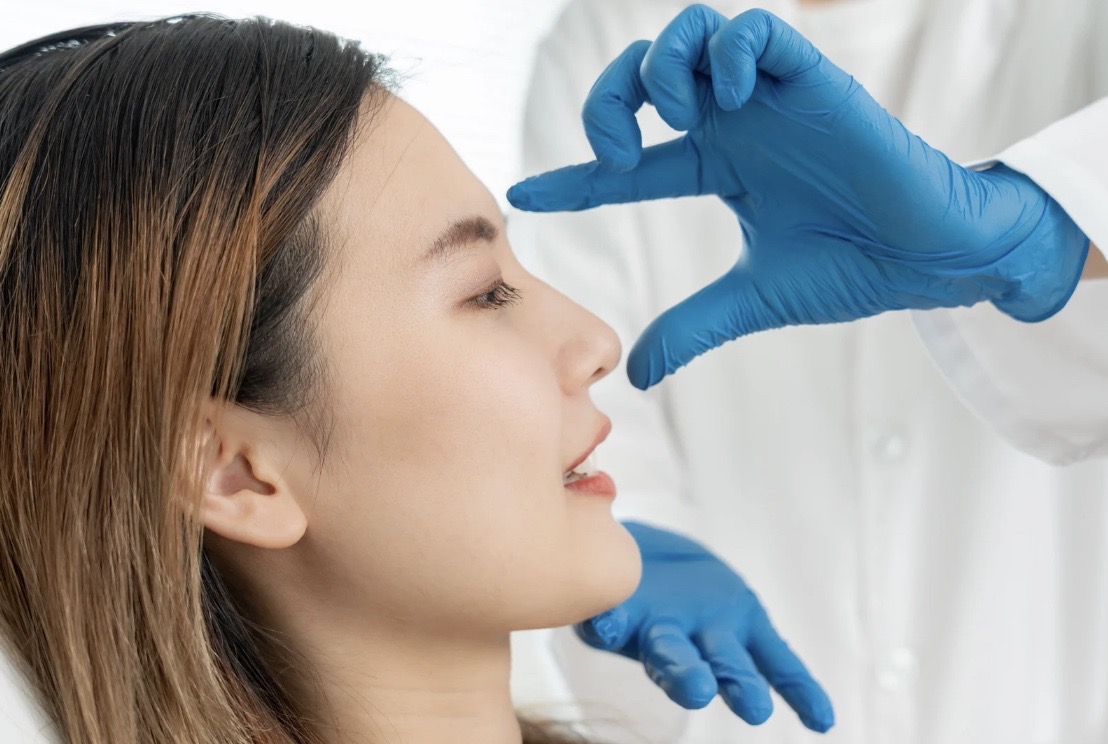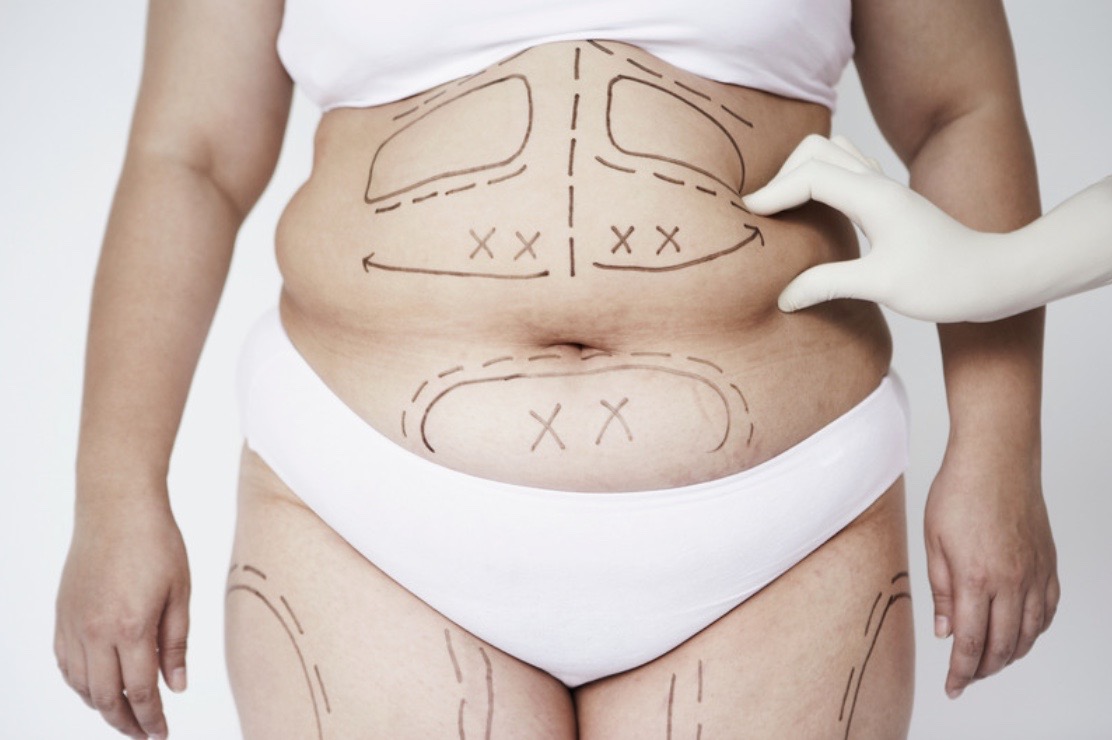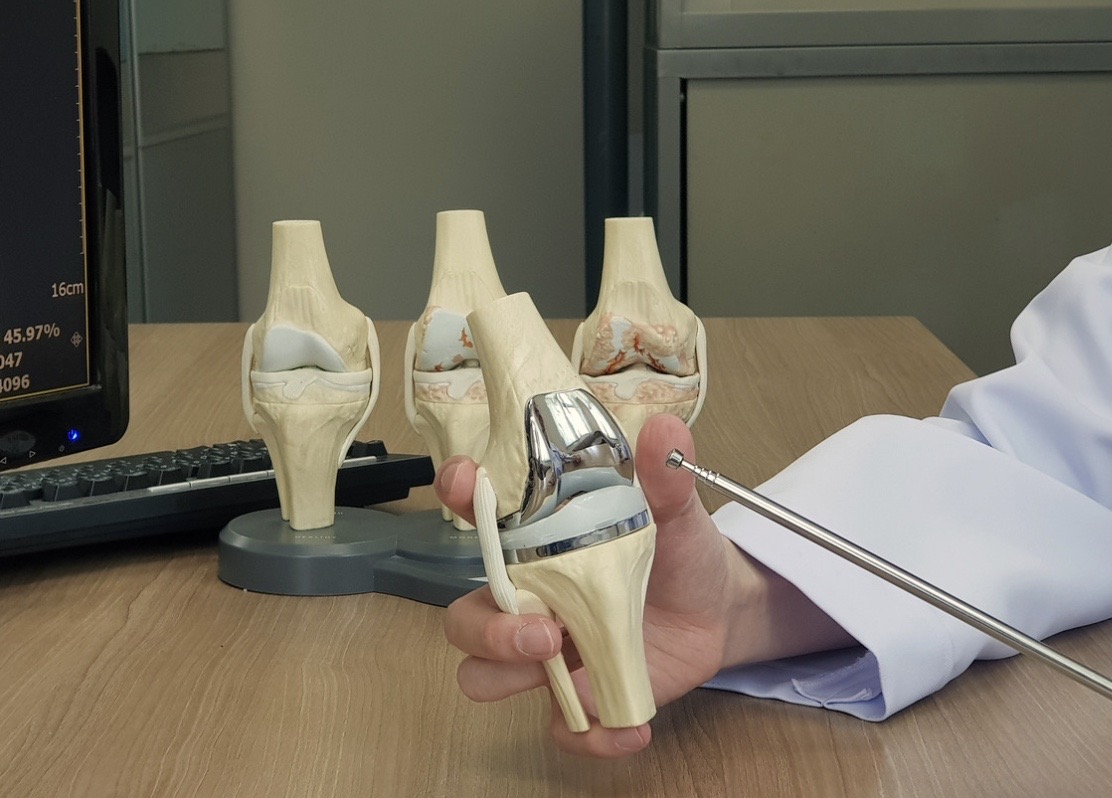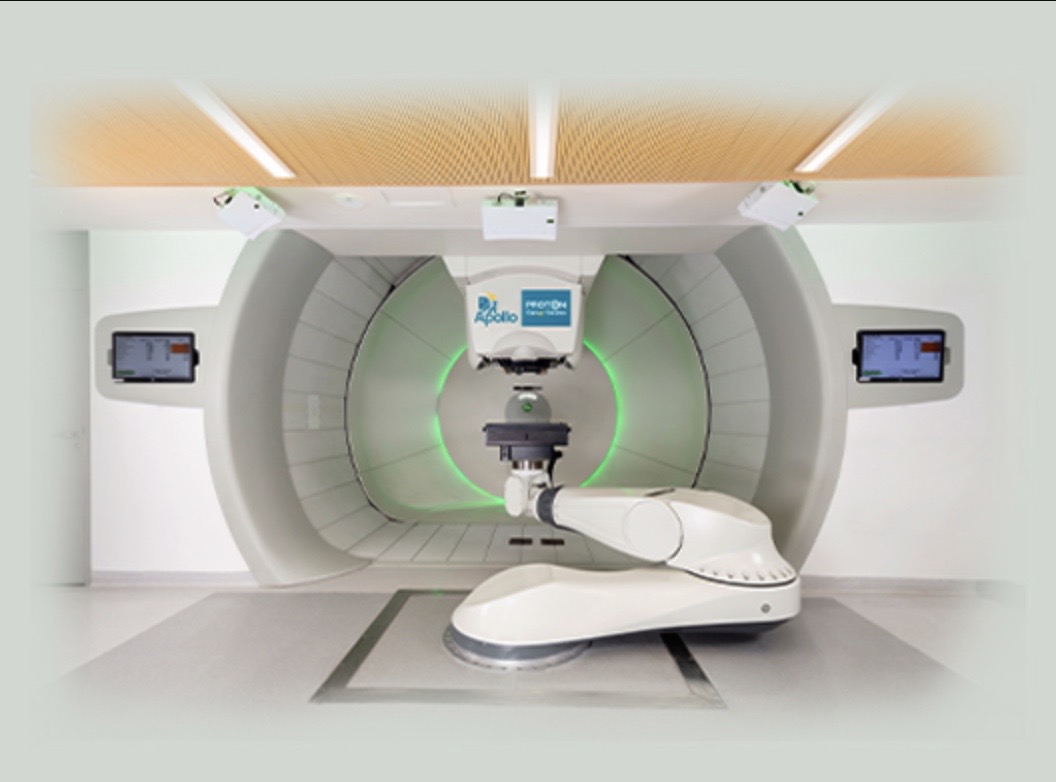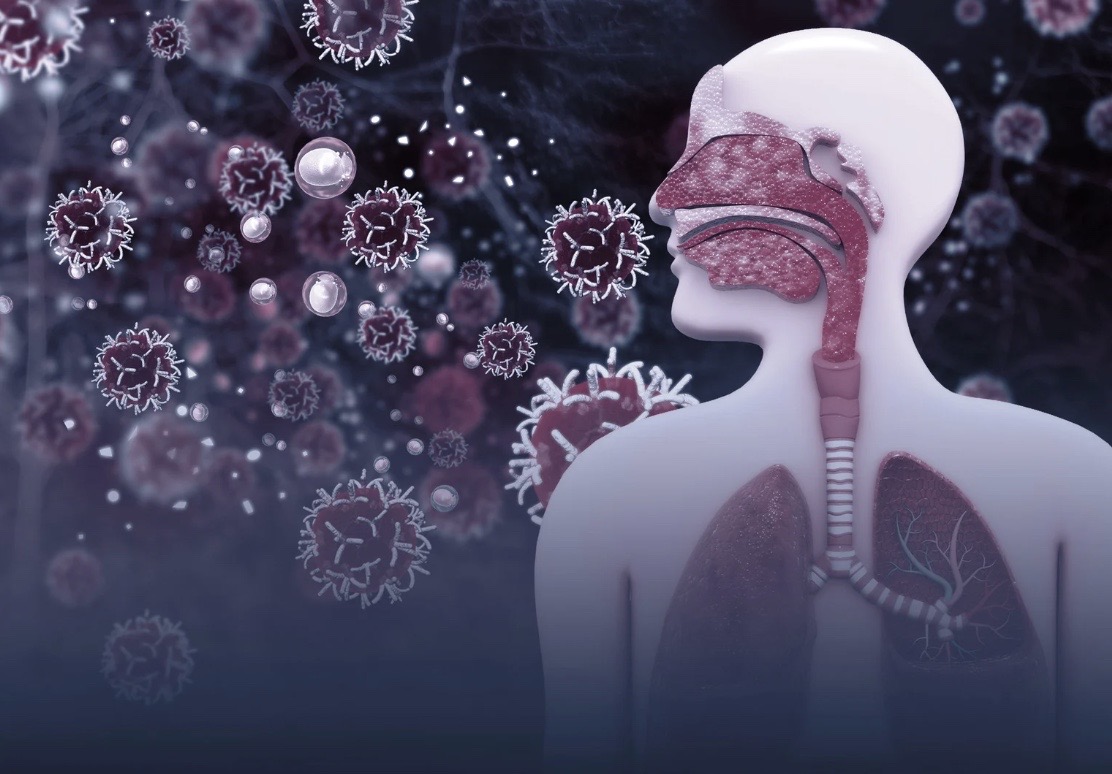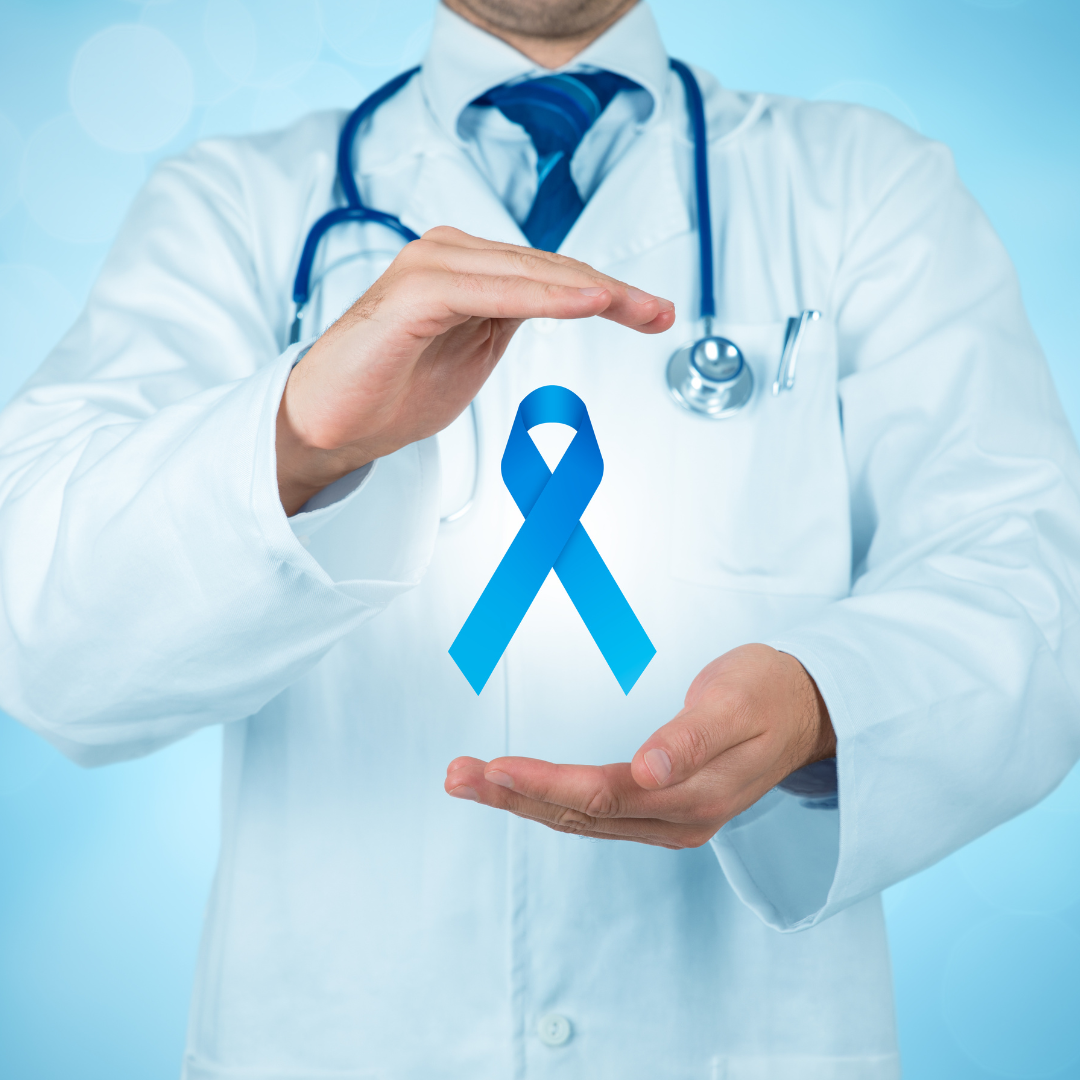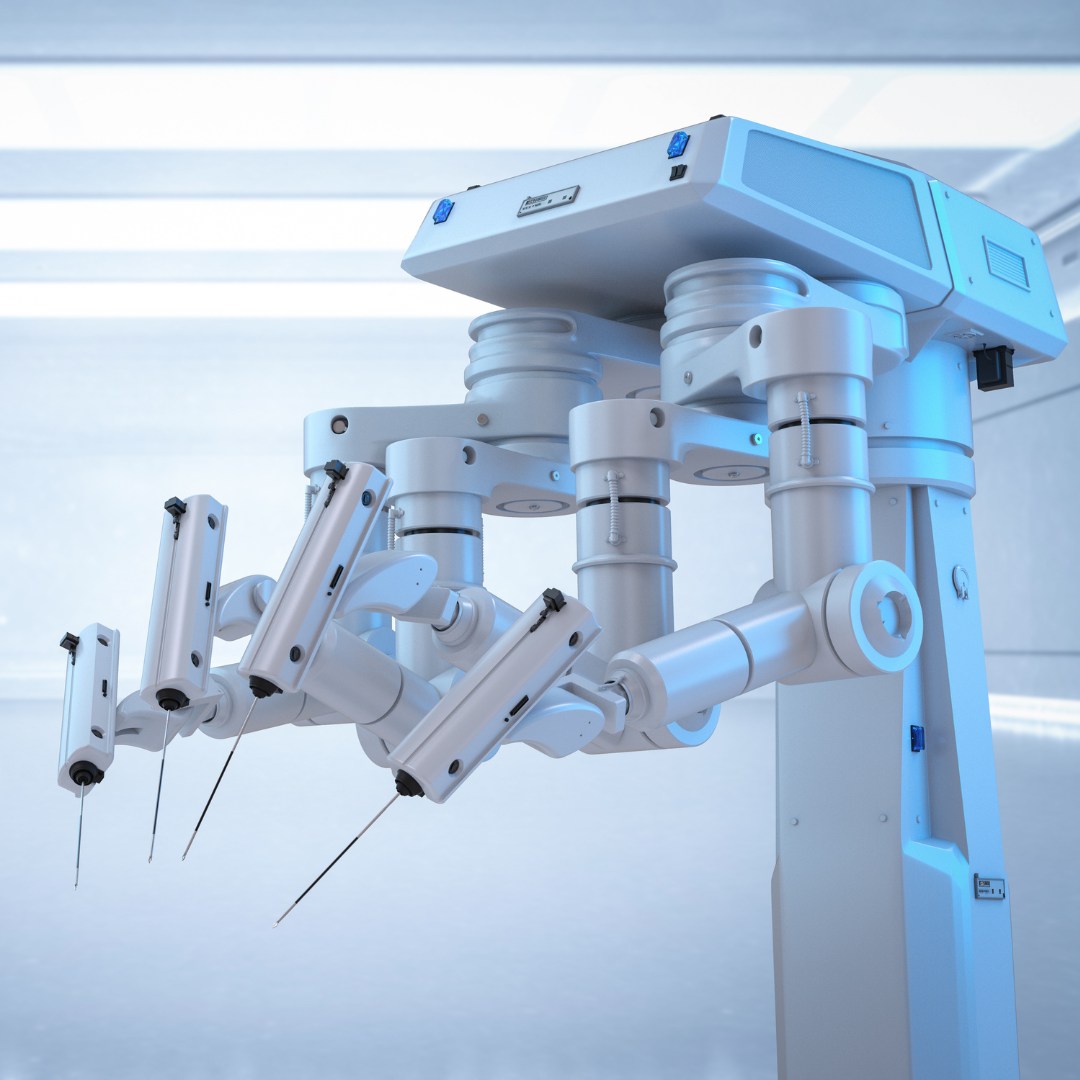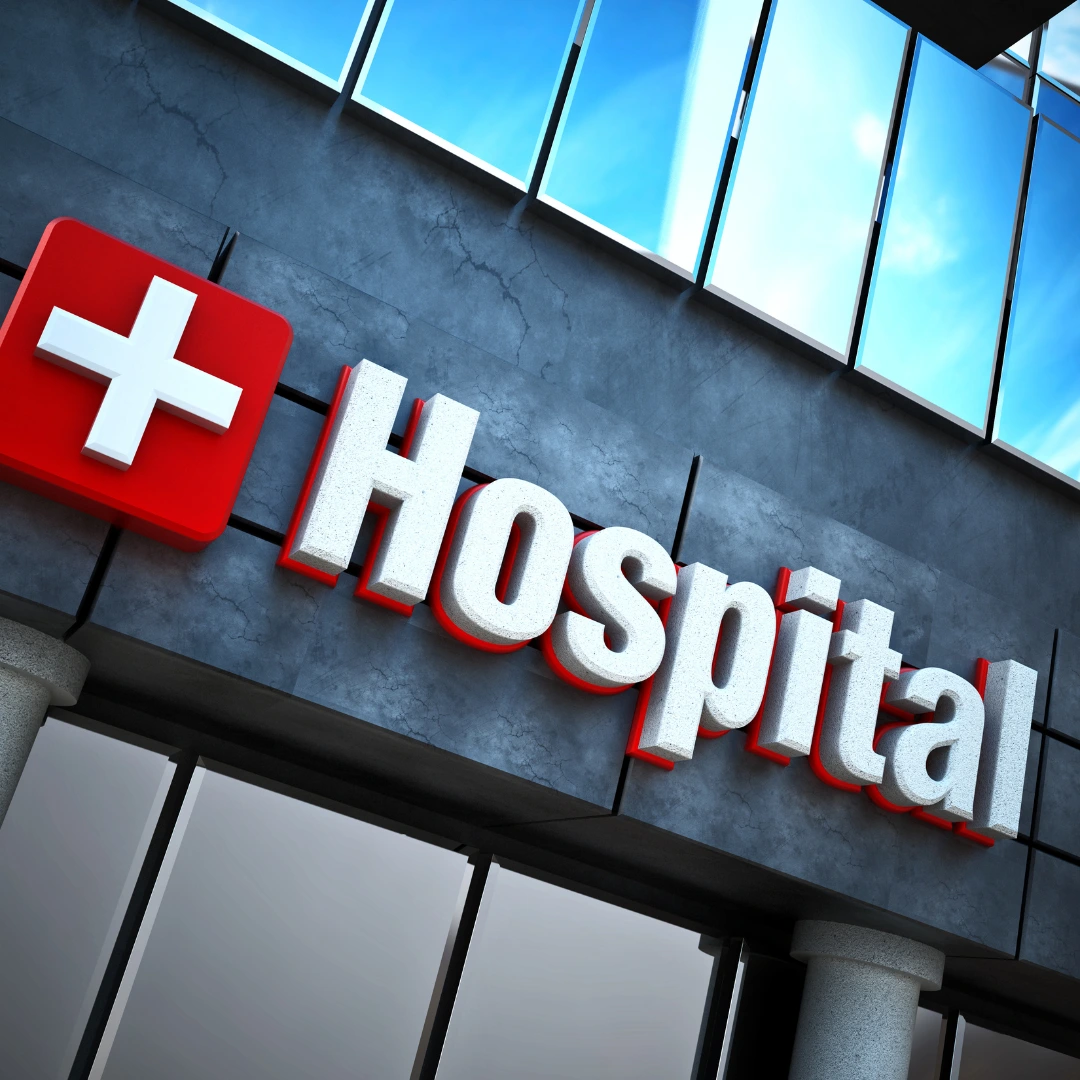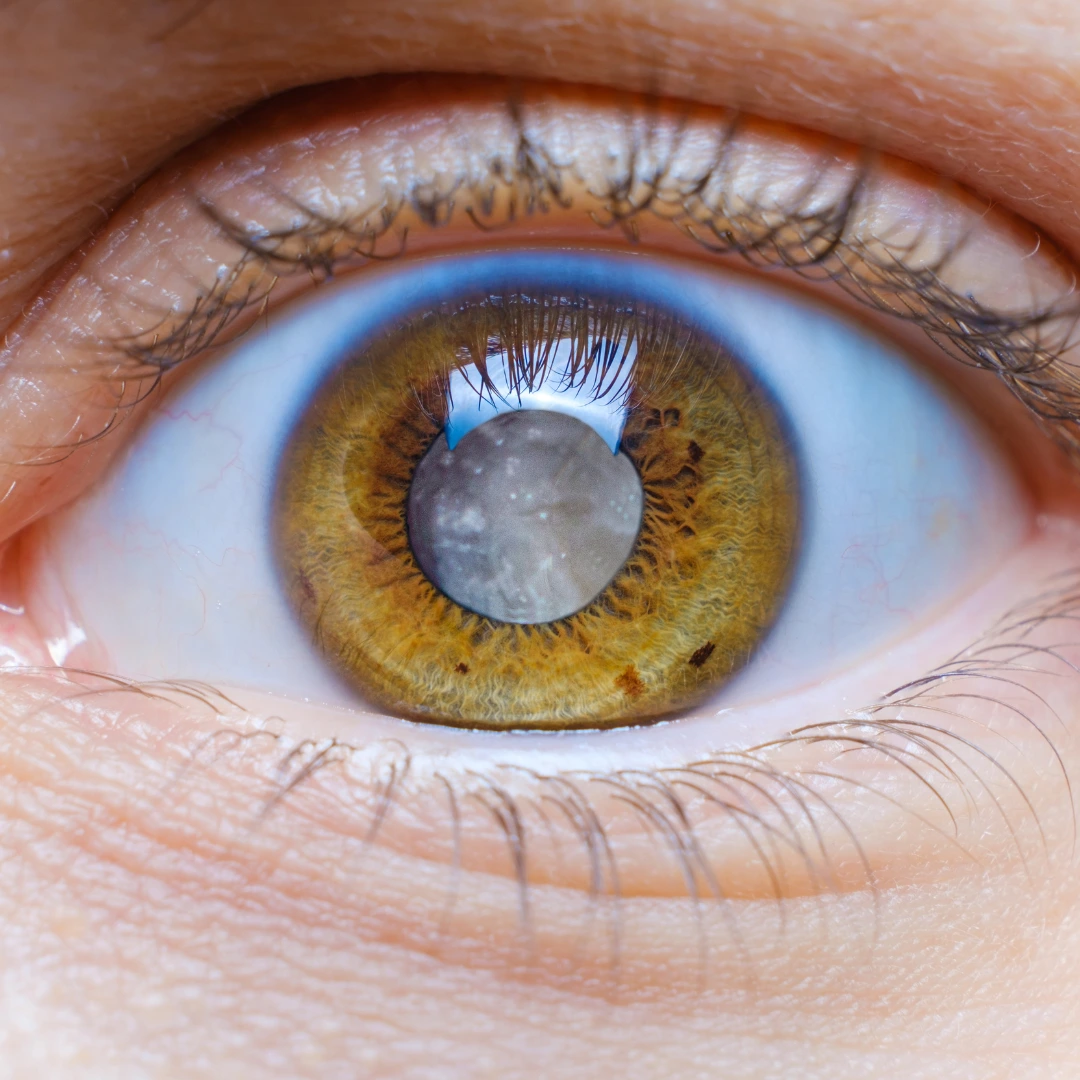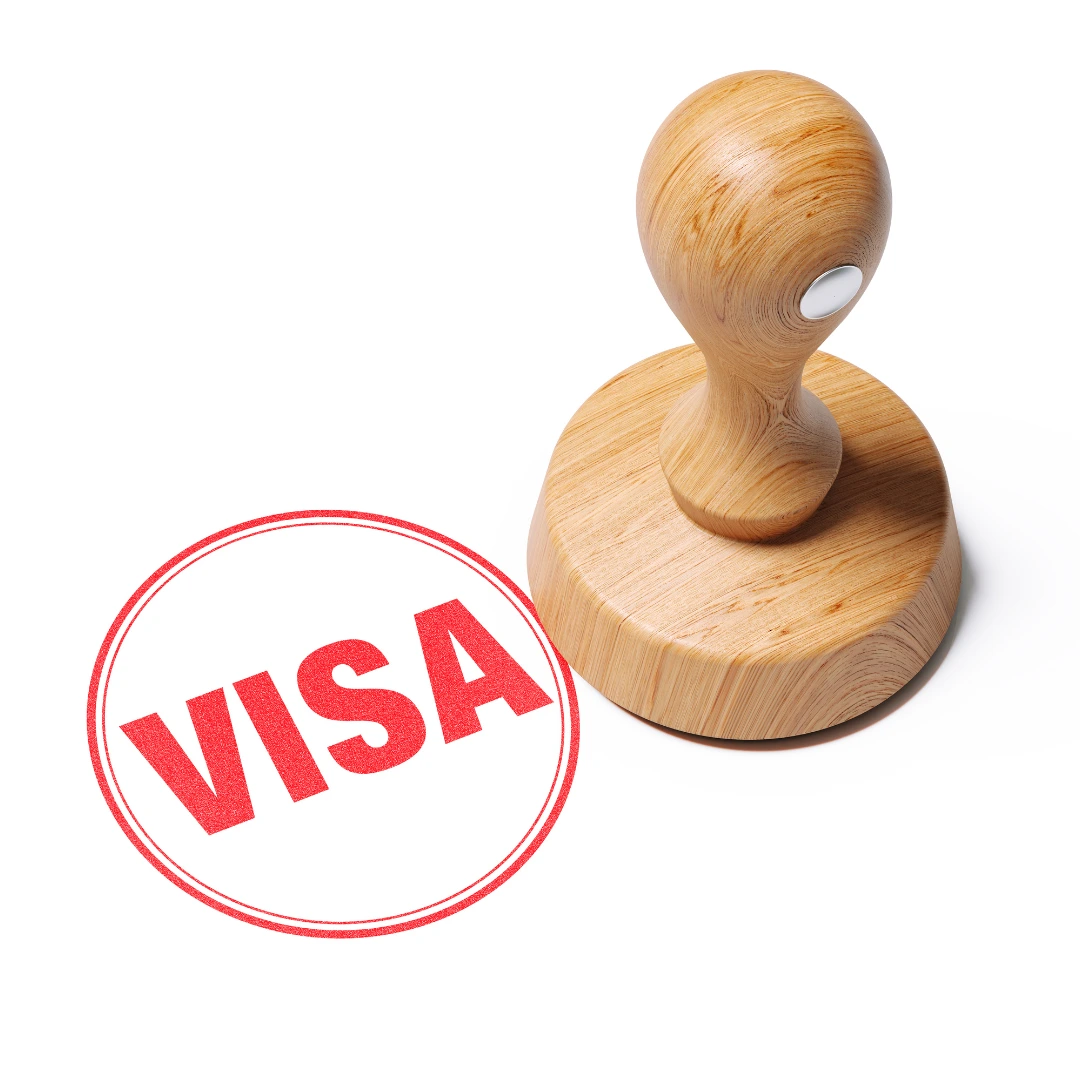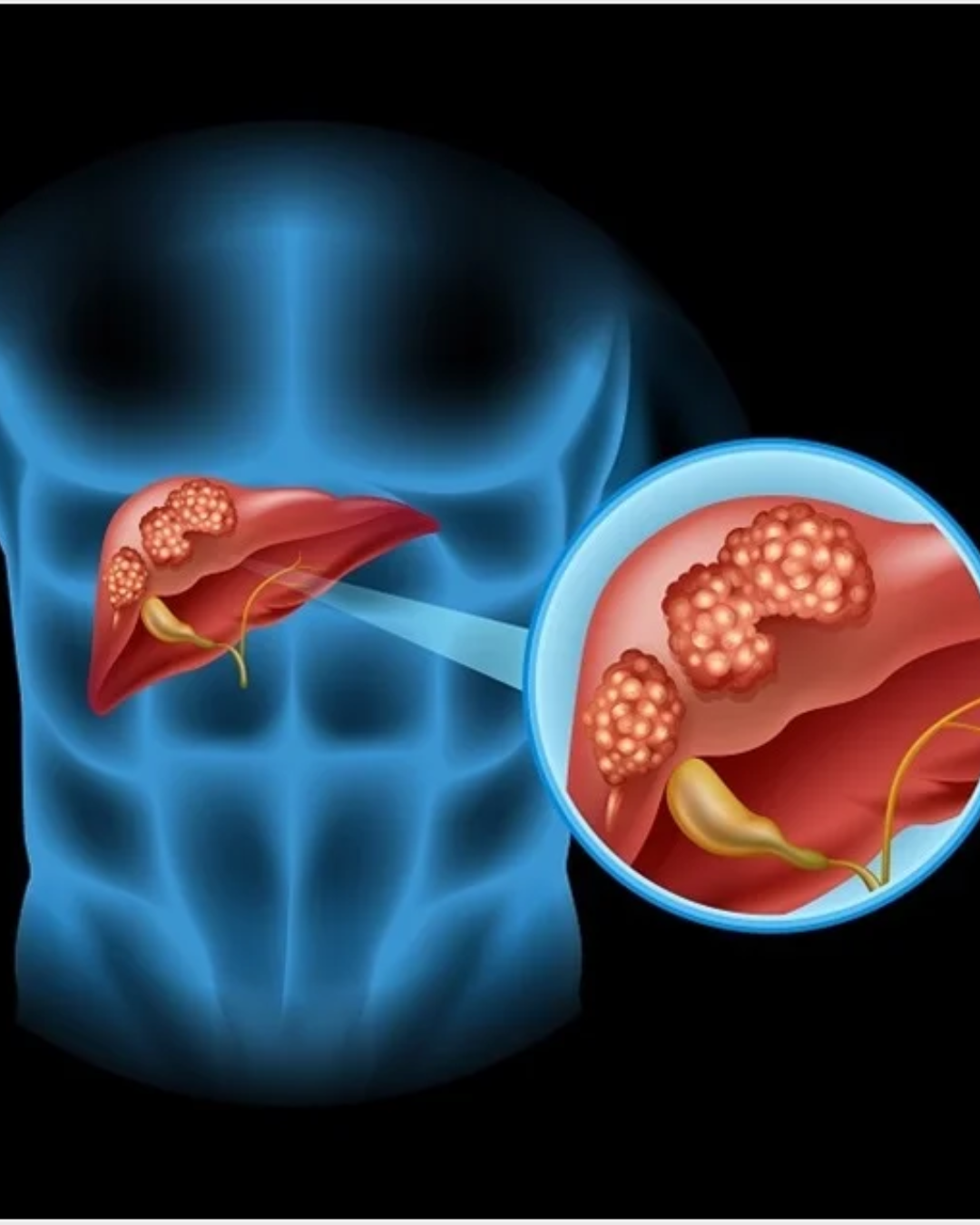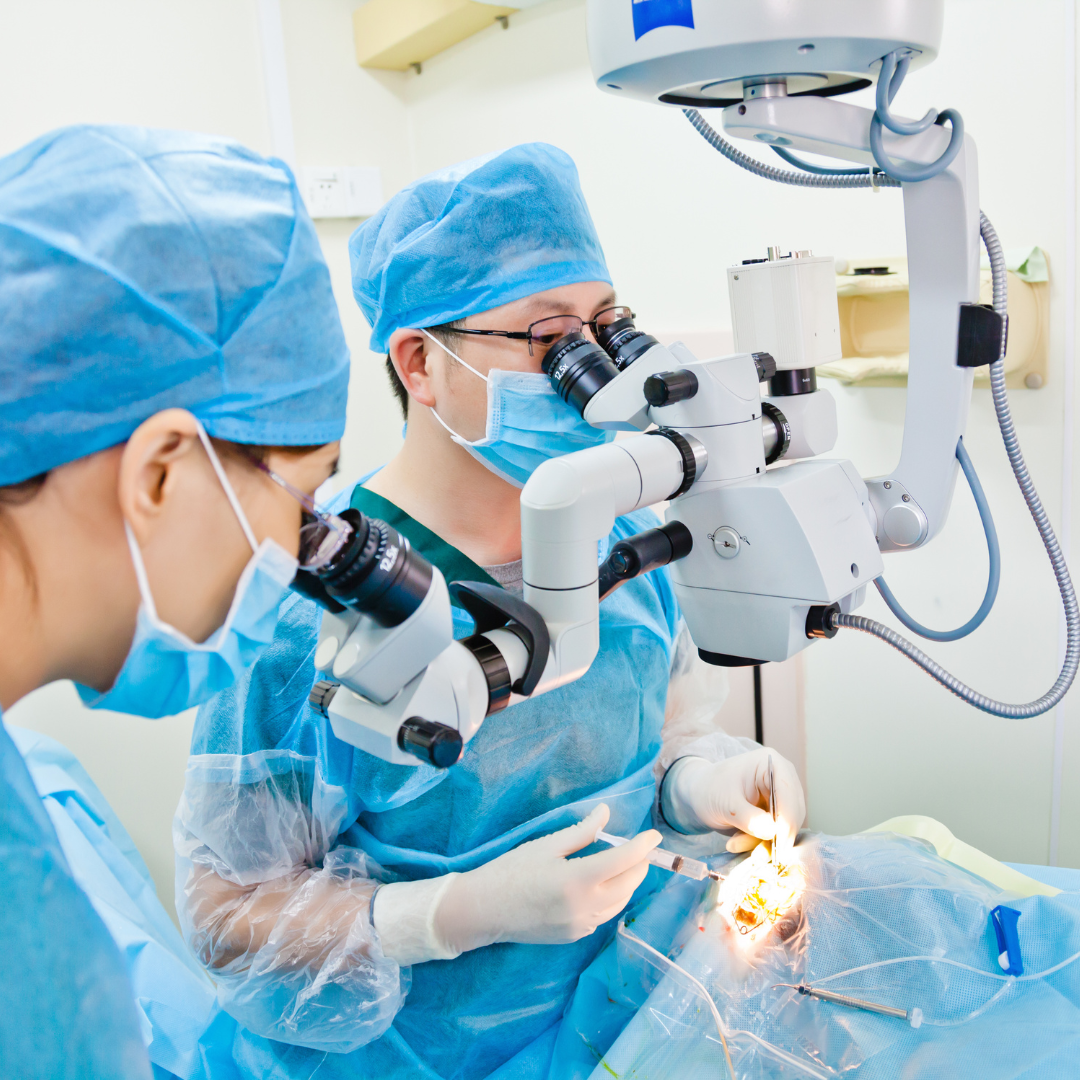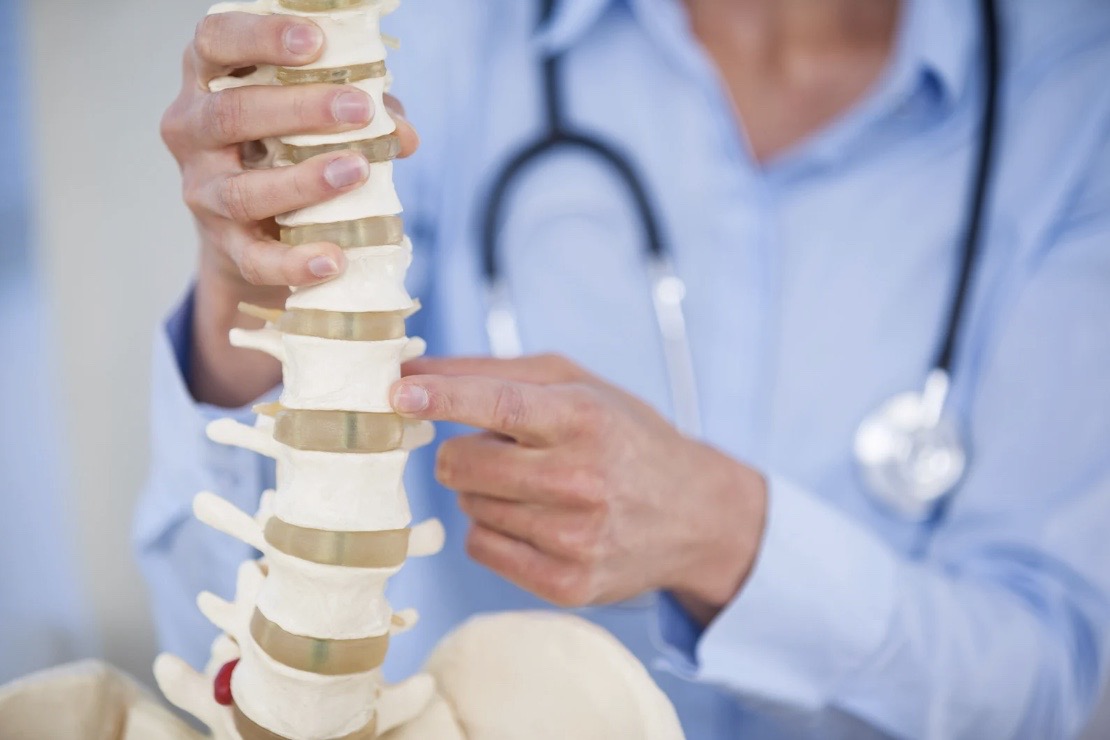
Complete Guide to Common Orthopedic Problems and Effective Treatments
Pain is a complex part of life, and when it comes to our bones, joints, and muscles, it can make it hard to move and function. Some of the common complaints reported in the musculoskeletal system include; poor lifestyle, increased rates of obesity, and increased life span. However, many patients use pain as an indicator that they need to seek medical help, a move that is usually delayed and may compound the problem. In this guide, we will review some of the most frequent orthopedic issues and their most beneficial management to achieve a healthy and active lifestyle.
What is Orthopedics?
Orthopedics is a health science that deals with the diagnosis; treatment, and prevention of diseases that affect the musculoskeletal system which includes the bones, joints, muscles, ligaments, tendons, and nerves. The management of the condition ranges from the non-invasive, which includes physiotherapy, drugs, and exercise, to the invasive, which is surgery. The management plan that is selected relies on the signs and the level of severity of the orthopedic problem.
Understanding of Some of the Most Frequent Orthopedic Conditions and Their Management
Some of the orthopedic complications need the attention of orthopedic doctors who are well experienced. Take a closer look at some of the most frequent musculoskeletal disorders and the possible therapies.
1. Osteoarthritis
Osteoarthritis is the most prevalent form of arthritis that affects the joints; the conditions often affect the knee, hip, and spine joints. It causes cartilage damage, joint space narrowing, and bone formation. Even though osteoarthritis is common in the elderly, it may occur in young people due to injury or excessive use of the affected joint.
Risk Factors:
Age: It is more frequent with age.
Injury: Earlier joint injuries have been known to cause osteoarthritis.
Obesity: Having extra fat puts strain on joints, particularly the knees and hips.
Genetics: It is also more likely in a person with a family history of the disease.
2. Paget’s Disease of Bone
Paget’s disease is a disorder of bone remodeling where the bones become weak, deformed, and thickened as a result of the disrupted bone process. It often affects the bones of the pelvis, skull, spine, legs and may be genetic or caused by a virus.
Symptoms:
Bone deformities
Arthritis
Bone pain
Risk Factors:
Age: It is most common in people over fifty years of age.
Gender: Paget’s disease is more common in men than in women.
Ethnicity: It is prevalence is high among the Europeans.
Family History: It is more common if there is a family history.
3. Bursitis
Bursitis is an inflammation of the bursae which are small fluid-filled sacs located between bones, muscles, and tendons over joints. The most frequent locations of the injury are the shoulder, hip, and elbow. Despite that pain due to bursitis can be managed through avoiding the use of the affected area, failure to do so may result in the following complications.
Symptoms:
Pain near the joint
Swelling and stiffness
4. Fractures
A fracture is a breakage of the bone which occurs due to an impact or pressure. Fractures are categorized into:
Open (Compound) Fracture: The bone fractures and the break goes right through the skin.
Closed (Simple) Fracture: The bone is fractures but does not cause any open wound. There are stress fractures that are caused by too much strain, most common with sportsmen and women, and conditions such as osteoporosis.
Management of Orthopedic Complaints
Depending on the extent of the condition treatment measures are taken. Here are common approaches:
Surgery for Fractures: Due to the nature of the damage, surgery may be needed, and the bone may be fixed with pins or screws.
Discectomy: This procedure decompresses the Spinal Cord by eliminating the damaged part of the Spinal Disc.
Arthroscopy: A procedure in which orthopedic doctors can diagnose and treat the joint problem without making a large incision to view the joint.
How to Choose the Appropriate Orthopedic Surgeon
It is important therefore to ensure that you get the right doctor to perform the procedure and this means having an orthopedic surgeon. Here’s what to consider when making your decision:
Experience and Expertise: Choose an orthopedic surgeon who has a good experience and success rate in the field of treatment.
Reputation: As a result, you can read the patients’ feedback to determine the doctor’s credibility and the outcomes that he provides.
Hospital Affiliations: Choose orthopaedic hospitals that have the best equipment and services that you may need.
Recommendations: Consult your general practitioner, your family, or your friends.
Communication Skills: Select an orthopedic surgeon who can give detailed information about the operation and can answer all questions that you may have:
Availability: It is also important to always be in touch with the orthopedic surgeon in the event of complications or checks.
Conclusion
Prevention is always better than cure, but if a person develops an orthopedic condition then early diagnosis and intervention is essential. Others, if you have a ache in your bones, joints, or muscles, don’t just let it pass, it’s advisable to seek attention. The success of your musculoskeletal health should not be taken lightly, and Medotil will help get you the best orthopedic surgeons and orthopaedic hospitals in India. If you require simple check-ups or complex surgeries, there is always a doctor who can work with you to get you back on your feet without pain.


